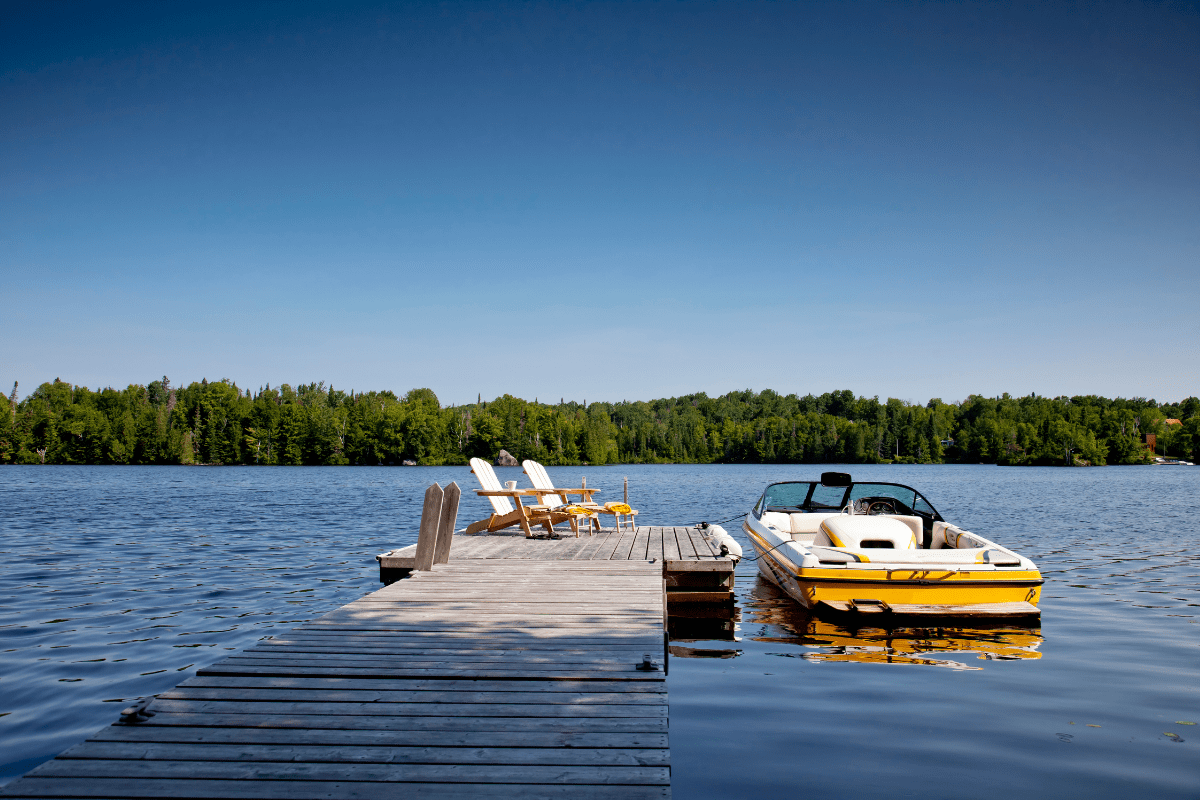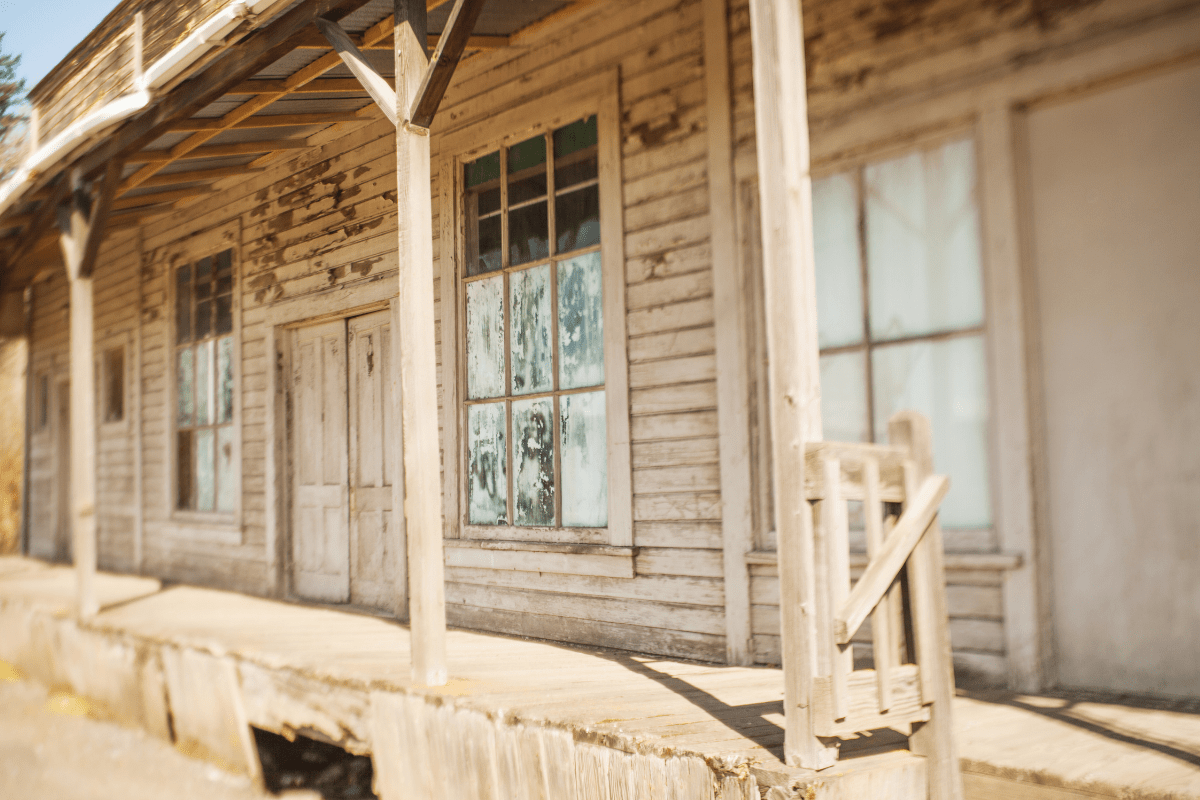Montana's higher education scene hits different than your typical college experience. Where else can you earn course credit for fly fishing while pursuing a biochemistry degree, or study grizzly bear behavior in actual grizzly bear habitat instead of reading about it in a textbook?
Understanding Montana's college landscape
The state runs 30 institutions serving about 40,000 students across an area roughly the size of Japan. The Montana University System includes 16 public schools, while four private colleges, seven tribal colleges, and three independent community colleges round out your options.
Let's talk money first because nobody wants to fall in love with a school they can't afford. Public universities charge between $5,370 and $9,188 for in-state tuition, which beats the national average by a comfortable margin. Out-of-state students can cut costs through the Western Undergraduate Exchange program, saving about $12,517 annually compared to standard non-resident rates.
Private schools cost more, naturally. Carroll College in Helena tops the list at $38,000 per year, though their medical school placement rates might justify the sticker shock for pre-med students. Rocky Mountain College in Billings runs slightly cheaper and throws in aviation and equestrian programs, because apparently that's a combination that makes sense in Montana.
The big players: Montana's flagship universities
Montana State University in Bozeman
MSU dominates the state's research scene with 16,900 students and $257.9 million in annual research expenditures. The university recently hit R1 research status, joining the big leagues of American research institutions. About half the student body comes from out of state, creating more geographic diversity than you'd expect in a rectangular state with more cows than people.
The Norm Asbjornson College of Engineering offers ABET-accredited programs that actually prepare you for real engineering jobs. The school houses the world's first Center for Biofilm Engineering, which sounds boring until you realize biofilms affect everything from your teeth to oil pipelines. They've also got a Subzero Research Laboratory where scientists study how things behave when it's really, really cold—practical knowledge in Montana winters.
Career outcomes look solid too. MSU grads earn median incomes of $45,800 ten years after enrollment. Engineering graduates start around $62,300, while computer science majors average $71,400. Not Silicon Valley money, but remember you're living in Montana where a beer costs $4 instead of $12.
The acceptance rate sits at 82%, so you don't need perfect grades to get in. The six-year graduation rate hovers around 57%, which sounds low until you realize many students take gap years to ski patrol or fight wildfires.
University of Montana in Missoula
UM enrolls 10,500 students and just achieved R1 designation in 2022, pumping $122 million annually into research projects. The school attracts about 35% out-of-state students, slightly less than MSU but still enough to prevent total Montanan cultural dominance.
The W.A. Franke College of Forestry ranks in North America's top 10 for research productivity, which makes sense given that trees literally surround the campus. The Environmental Science program requires 400 hours of approved work experience, ensuring graduates know the difference between theoretical ecology and actual mud-on-your-boots fieldwork.
Professional programs shine here too. The law school boasts a 97.3% employment rate for recent graduates, while pharmacy grads pull median salaries around $105,000. The typical UM graduate earns about $43,200 ten years out, slightly less than MSU but still respectable for liberal arts heavy programs.
Beyond the flagships: Specialized schools worth considering
Montana Tech in Butte runs the state's top nursing program and maintains underground mine facilities on campus for hands-on mining engineering education. With an 89% acceptance rate, they're not exactly turning people away at the door.
Carroll College costs a fortune but sends an impressive percentage of graduates to medical school. Rocky Mountain College offers the aforementioned aviation and horse programs, plus traditional liberal arts education for students who prefer their feet on the ground.
The state's seven tribal colleges serve about 3,000 students with tuition between $5,000 and $10,000, making them Montana's most affordable option. Salish Kootenai College offers bachelor's and master's degrees while maintaining strong connections to Indigenous cultures. Little Big Horn College works toward becoming the nation's first net-zero emissions tribal college, proving environmental stewardship and education go hand in hand.
What makes Montana colleges actually different
Here's where Montana schools separate themselves from everywhere else. Both MSU and UM operate comprehensive outdoor programs that would make REI jealous.
The outdoor classroom advantage
Montana State sits 90 miles from Yellowstone and minutes from four ski resorts. The campus has 75 miles of hiking and biking trails within a five-minute ride. You can earn academic credit for:
- Rock climbing and bouldering
- Fly fishing techniques
- Avalanche safety certification
- Wilderness first responder training
- Swiftwater rescue operations
The University of Montana runs international mountaineering expeditions to Peru as part of their outdoor program. Both schools rent gear to students at prices that won't destroy your ramen noodle budget.
This isn't just recreation—it's integrated into academics. Environmental science students study actual ecosystems instead of PowerPoints. Wildlife biology majors track real wolves instead of watching documentaries. Engineering students test equipment in legitimately harsh conditions rather than climate-controlled labs.
Research opportunities most undergrads never see
Student-faculty ratios range from 7:1 at smaller schools to 18:1 at Montana State, meaning professors actually know your name. Undergraduate research participation stays high because there's less competition from massive graduate programs.
The proximity to Yellowstone creates research opportunities impossible to replicate elsewhere. Students study geothermal systems, wildlife behavior, and ecosystem dynamics in one of the world's most important natural laboratories. Agricultural programs leverage working ranches and farms for practical experience, while mining and energy programs benefit from Montana's active natural resource industries.
The reality of Montana living costs
Living expenses vary wildly depending on which college town you choose. Bozeman went full Colorado with one-bedroom apartments averaging $2,078 monthly and median home prices hitting $659,000. The town runs about 30% above the national average for living costs, thanks to an influx of remote workers who discovered they could Zoom from anywhere with good skiing.
Missoula follows with apartments around $1,432 monthly, still pricey but more manageable. Billings offers relief at $1,112 for a one-bedroom, while Great Falls provides the best deal at 10% below national average living costs.
On-campus housing ranges from $7,204 to $8,324 annually, with meal plans adding $3,128 to $3,540 per semester. Many students move off campus after freshman year to save money, though finding affordable rentals in Bozeman requires aggressive searching and probably some luck.
Financial aid that actually helps
Montana students access multiple funding sources beyond standard federal aid. The Montana Tuition Assistance Program provides need-based grants to over 1,000 students annually. The Western Undergraduate Exchange offers huge savings, though competition stays fierce—MSU offers only 1,000 WUE scholarships from 3,300 applications.
Achievement Awards at Montana State can reach $64,000 over four years for exceptional out-of-state students. In-state Premier Scholarships range from $1,000 to $4,000 annually, which might cover your textbooks if you're strategic about used copies.
The numbers look encouraging: 99% of MSU undergraduates receive some grant assistance, though 47% still need federal loans with median debt around $22,500 at graduation. That's manageable compared to national averages, especially considering the career outcomes.
Community colleges and workforce training
Montana's ten community colleges within the university system provide technical training and transfer pathways that actually work. The One-Two-Free program gives high schoolers their first six dual enrollment credits free, with 50% discounts on additional courses.
These schools excel at workforce preparation. Great Falls College reports over 90% of General Studies certificate completers successfully transfer to four-year institutions. The state's Rapid Training Program achieved 90% completion and employment rates for nearly 3,400 participants, proving vocational education works when done right.
Programs cover practical fields like nursing, diesel technology, welding, and process plant operations. Mobile Training Units bring construction trades education directly to rural and Indigenous communities, addressing workforce needs across Montana's massive geography.
Campus culture and student life
Both MSU and UM compete in NCAA Division I athletics through the Big Sky Conference. Recent football championship appearances generated the kind of rivalry intensity usually reserved for states with nothing else to do in winter. Intramural sports include standard offerings plus uniquely Montana options like axe throwing and ice hockey.
Each flagship university hosts over 250 student organizations, from professional societies to clubs dedicated to specific outdoor activities. The geographic isolation creates tight-knit campus communities where people actually attend events and support each other's weird passion projects.
Student demographics show increasing diversity, with MSU drawing 49% out-of-state students and UM attracting 35%. International students add global perspectives, though the numbers stay relatively small compared to coastal universities.
Current challenges and future outlook
Montana State's enrollment exceeded 17,000 students for the first time in 2023, straining infrastructure and housing availability. The university's research expenditures reached $257.9 million, cementing its position among top research institutions.
The brain drain phenomenon affects rural counties particularly hard. These areas lost 8,600 young people between 2000 and 2010, while college towns gained 20,400 young adults. About 84% of associate degree holders stay in Montana, but only half of doctoral recipients remain, highlighting the challenge of retaining highly educated workers.
Legislative initiatives include the STARS Act proposing $100 million to boost starting teacher pay and renewed Quality Educator Loan Assistance providing $500,000 annually to help rural teachers manage student debt.
Practical considerations for prospective students
Winter in Montana tests your commitment to education. Temperatures regularly drop below zero, and snow falls from October through May. This creates amazing winter recreation opportunities but requires appropriate clothing and probably a reliable vehicle. Most Montana cities lack comprehensive public transit, so students need cars for grocery shopping and exploring the state's attractions.
Application deadlines arrive earlier than you might expect. WUE applications typically close December 1 for UM and January 6 for MSU. The state's holistic review process considers both academic achievement and personal qualities, recognizing that students choosing Montana often seek experiences beyond traditional classroom learning.
Housing searches require early action, especially in Bozeman where the rental market moves fast. Many students secure housing for the following year by February or March. Off-campus options often provide better value than dorms, particularly if you're willing to have roommates or live slightly farther from campus.
Making your Montana college decision
Choosing a Montana college means accepting certain trade-offs. You'll sacrifice urban amenities and cultural diversity for outdoor access and tight communities. You'll deal with harsh winters but gain world-class skiing and legitimate wilderness experiences. You'll attend schools with lower national rankings but receive personal attention and research opportunities unavailable at many prestigious institutions.
The financial math works for many students. Reasonable tuition, available financial aid, and lower living costs outside Bozeman create affordable pathways to quality education. Career outcomes prove Montana graduates compete successfully in national job markets while maintaining options to stay in a state offering exceptional quality of life.
Montana's higher education system won't suit everyone. Students seeking bustling city life, extensive public transportation, or year-round warmth should look elsewhere. But for those drawn to spectacular landscapes, outdoor recreation, and communities where professors become mentors and classmates become lifelong adventure partners, Montana's colleges deliver experiences impossible to replicate anywhere else.
The integration of academics with Montana's natural environment creates graduates prepared not just for careers but for lives enriched by connection to place and purpose. In an increasingly digital and disconnected world, that might be exactly the education worth pursuing.





